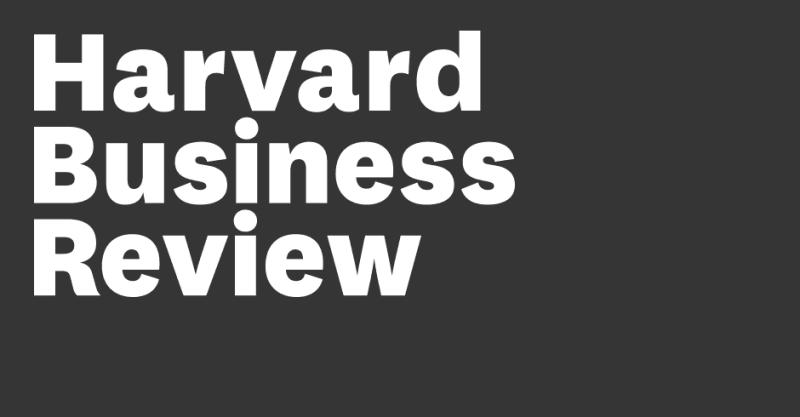What’s So New about the New Economy?
When Netscape launched in the early 1990s, we started moving into the economy driven by open innovation, knowledge, and networks. The Internet is our first interactive mass medium, and it is completely changing the way in which our economy operates. Think, for a moment, about the impact of email, messaging apps, and collaboration platforms like Slack. At the very least, they have blown apart the communication channels and command-and-control management methods of traditional hierarchies.
A few people saw how profoundly these changes were taking place. Alan Webber, an Executive Editor at the Harvard Business Review, wrote an important article in 1993. His major point: in an economy that runs on networks and knowledge, managers must focus on their conversations. It’s through these conversations that we generate and distribute our knowledge. (See What’s So New About the New Economy, https://bit.ly/30eVN1y)
Another important article appeared in the Harvard Business Review about that same time, James Moore introduced the concept of business ecosystems as a core challenge for building competitive and prosperous companies. (See Predators and Prey: A New Ecology of Competition, https://bit.ly/3xAdAzV)
It took about a decade for Procter & Gamble to become the first major company to deploy Open Innovation. The basic idea: there are more smart people outside your company than inside. If you want to accelerate innovation, build networks. (See Connect and Develop: Inside Procter & Gamble’s New Model for Innovation, https://bit.ly/3xsnkMs)
Now, many of these practices are coming together. The Agile Strategy Lab at the University of North Alabama has become a global leader in thinking through the challenges of open innovation and ecosystems. We’ve been developing practical tools and frameworks for leaders to manage the complexities of open innovation and ecosystems.
Strategic Doing, a new strategy discipline for open networks, forms the core of this work (See Strategic Doing: Ten Skills for Agile Leadership, https://bit.ly/3O32TNq and Strategic Doing: A Strategy Model for Open Networks, https://bit.ly/SDPhD)
Strategic Doing is now spreading around the world. We now teach this discipline in multiple languages, including English, Spanish, Chinese, and Dutch. The Ecuador government has engaged our Lab to deploy Strategic Doing across 20 clusters.
We have been engaged with Fraunhofer’s innovation and technology management in Germany. (See https://bit.ly/3QGfmZf)
More recently, the Kauffman Foundation, a global leader in entrepreneurship research and practice, reached out to our Lab with a challenge:
Could we integrate our work in Strategic Doing with our work in entrepreneurial ecosystem development and develop a learning platform to accelerate the formation of entrepreneurial ecosystems?
If you want to be on the frontier of these new practices in management, join us in the next Executive MBA class at UNA.
Learn more here: https://lnkd.in/g-M-Z9mM


The Founder of the Lab at UNA and co-author of Strategic Doing: 10 Skills for Agile Leadership, Ed’s work has focused on developing new models of strategy specifically designed to accelerate complex collaboration in networks and open innovation. He is the original developer of Strategic Doing.
